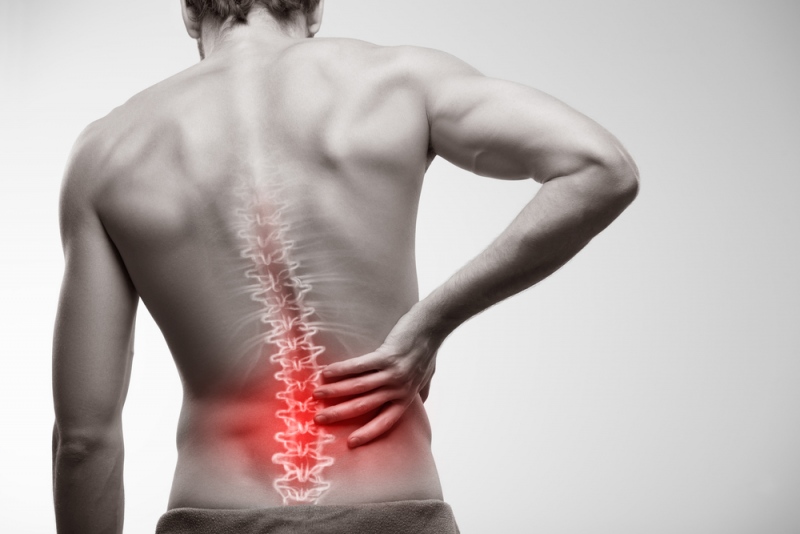As of 2017, there were approximately 26 million licensed drivers in Canada. While one would hope that these motorists learned how to operate a vehicle safely, the reality is that preventable accidents happen all the time. Although 2017 data shows noticeable improvements in the number of fatal road crashes in Canada, there are still thousands that occur each year.
If you’re involved in a car accident, it’s very possible that you could sustain an orthopedic injury — meaning harm to the musculoskeletal system. What’s more, if you’re injured in a car crash that occurred due to another driver’s negligence, you may face substantial medical bills, lost wages, and other financial burdens. You may even require help from a personal injury lawyer to ensure the right party is held responsible.
But before you consult with an attorney, you might want to learn a bit more about the most common types of orthopedic injuries sustained after car accidents.
Whiplash
Whiplash is a term that often gets thrown around, much like your head does when you experience it. The sudden movements associated with many crashes often cause the head to quickly jerk around (either front to back or side to side). It might not sound like much, but these movements can result in major damage to the muscles, tissues, and ligaments in the neck and upper back.
Symptoms of whiplash may not begin to emerge immediately following an accident, which can make it difficult for drivers who refuse medical treatment to later prove that they’ve been injured. Whiplash is typically characterized by severe neck pain, arm pain, numbness or tingling in the extremities, arm and leg weakness, or the inability to move your head.
Whiplash typically resolves with home treatment, although some accident victims may need to undergo physical therapy to restore function.
Bone breaks and fractures
Broken bones and bone fractures are incredibly common accident injuries, since the body can be thrown around in unpredictable ways during a crash. Even if you’re wearing your seatbelt and do everything right, you may still sustain one or more of these injuries. Broken hips and fingers are prevalent, as are fractured ribs, skull fractures, and injuries to the leg.
Although some car crash injuries won’t make themselves known until well after your accident has occurred, you’ll likely know right away if you’ve fractured or broken a bone. It’s essential to receive orthopedic care for these injuries immediately after your accident. Not only does this ensure you’ll obtain the treatment your body needs to properly heal, but it also ensures that documentation is created in case you decide to file a personal injury claim later on.
Back pain
General back pain is a common complaint for many Canadians. According to the Canadian Chiropractic Association, 50 percent of residents suffered from lower back pain during a given six-month period. But back pain after an accident is a bit different from the other types of chronic pain brought about by sedentary lifestyles or poor posture.
If the spinal vertebrae, discs, joints, and soft tissues are injured in a car accident, acute mechanical back pain can develop. Fortunately, this type of back pain typically lasts for four to six weeks, tops. But it still needs to be treated properly in order for crash victims to recover.
More serious back injuries (like slipped, herniated, or ruptured discs) can also occur as a result of collisions; these can cause the spinal structure to shift and lead to long-lasting pain. It’s vital to pursue an official diagnosis and receive treatment from a specialist to ensure that injuries don’t worsen following an accident.
Whether your accident occurred due to excessive speeding or distracted driving, it’s important to seek out assistance after being hurt in a crash. Once you’ve received treatment for your injuries, you’ll want to contact a reputable attorney to assess your case and advise you on whether to file a claim in court.
